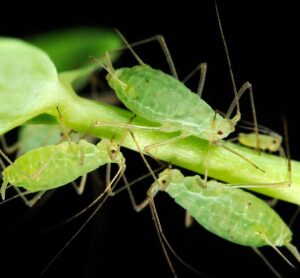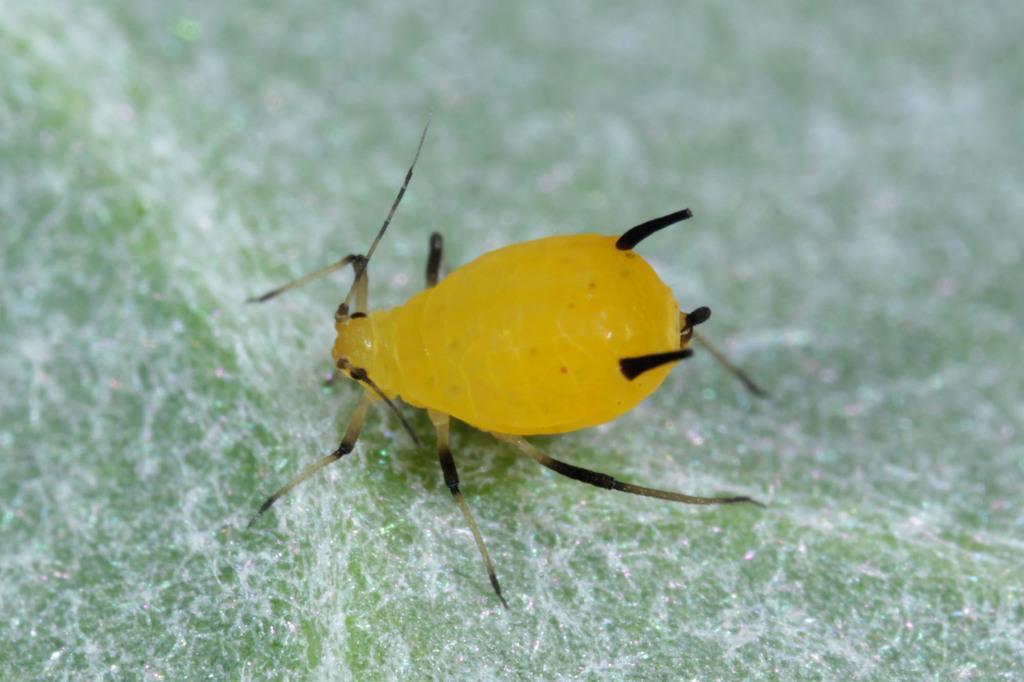Pea Aphid (Acyrthosiphon pisum)
Updated on
29/11/2022The pea aphid is an insect that feeds on the lower parts of buds, leaves, and pods of leguminous plants. They are a model organism and have their entire genome mapped out.
Scientific Classification
- Class:Insecta
- Order:Hemiptera
- Family:Aphididae
- Genus:Acyrthosiphon
- Species:A. pisum
Conservation Status
Description
The pea aphid tends to be green or reddish pink, with green morphs being more commonly seen. It is a large aphid, about 0.16 inches long. Both winged and wingless morphs exist.
Other Common Names: Green dolphin, pea louse, and clover louse
Distribution: Native: Europe; Invasive: Australia
Habitat: Wherever forage crops are grown
Do they bite: No
Lifespan: 30 days
Predator: Parasitoid wasps
Life Cycle
Both sexual and asexual reproduction is observed, the former occurring when a single host plant becomes overcrowded.
1. Egg Stage
Fertilized eggs are laid in autumn. They overwinter and hatch in the spring.
2. Nymph Stage
On hatching, the newborn nymphs undergo parthenogenesis and give birth to 4-12 new aphids daily. This continues until autumn when the first males and females capable of sexual reproduction emerge. These nymphs go through four molts before they become sexually mature.
Source
cesaraustralia.com, eol.org, ub.edu, static.producer.com












